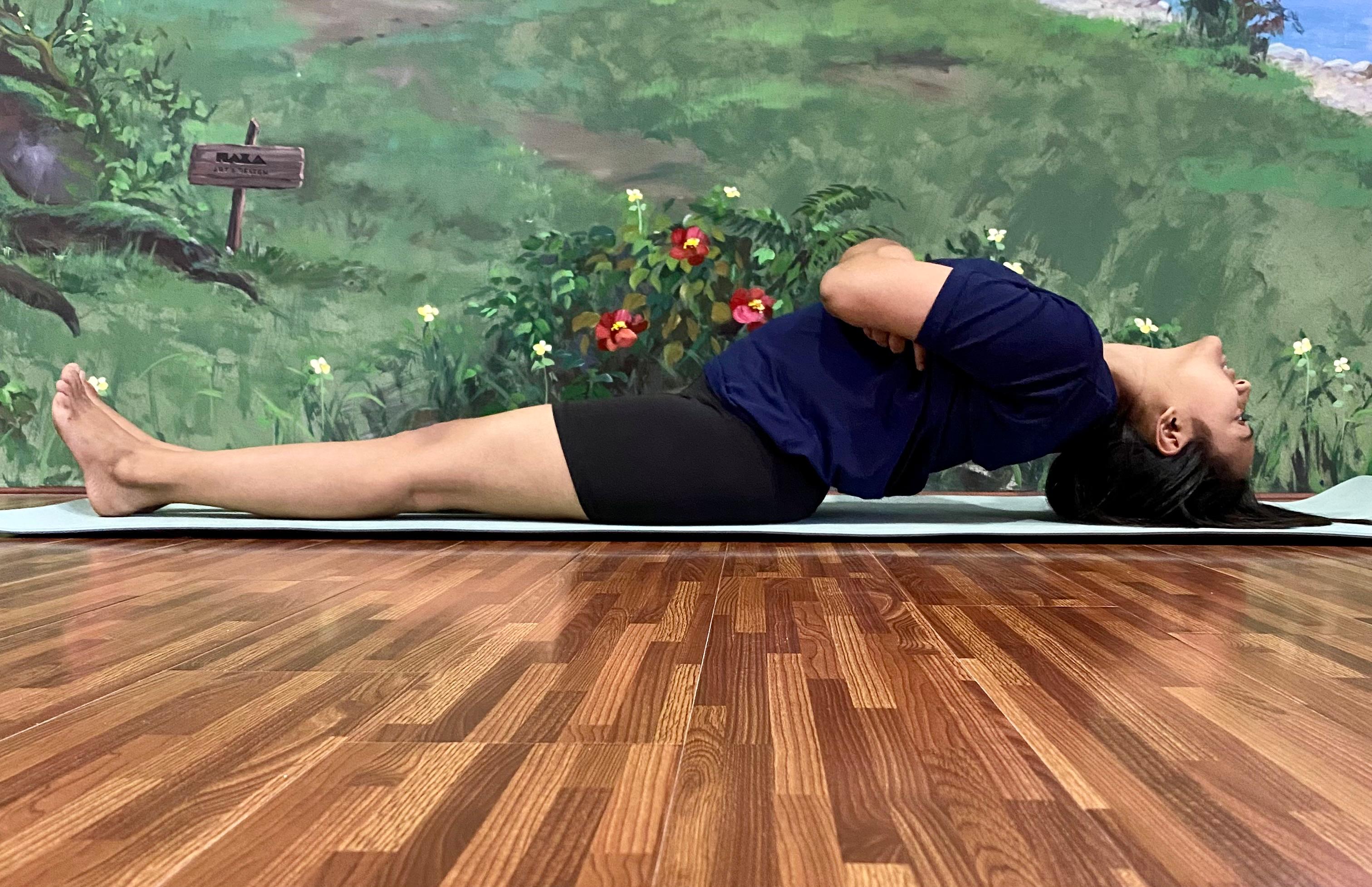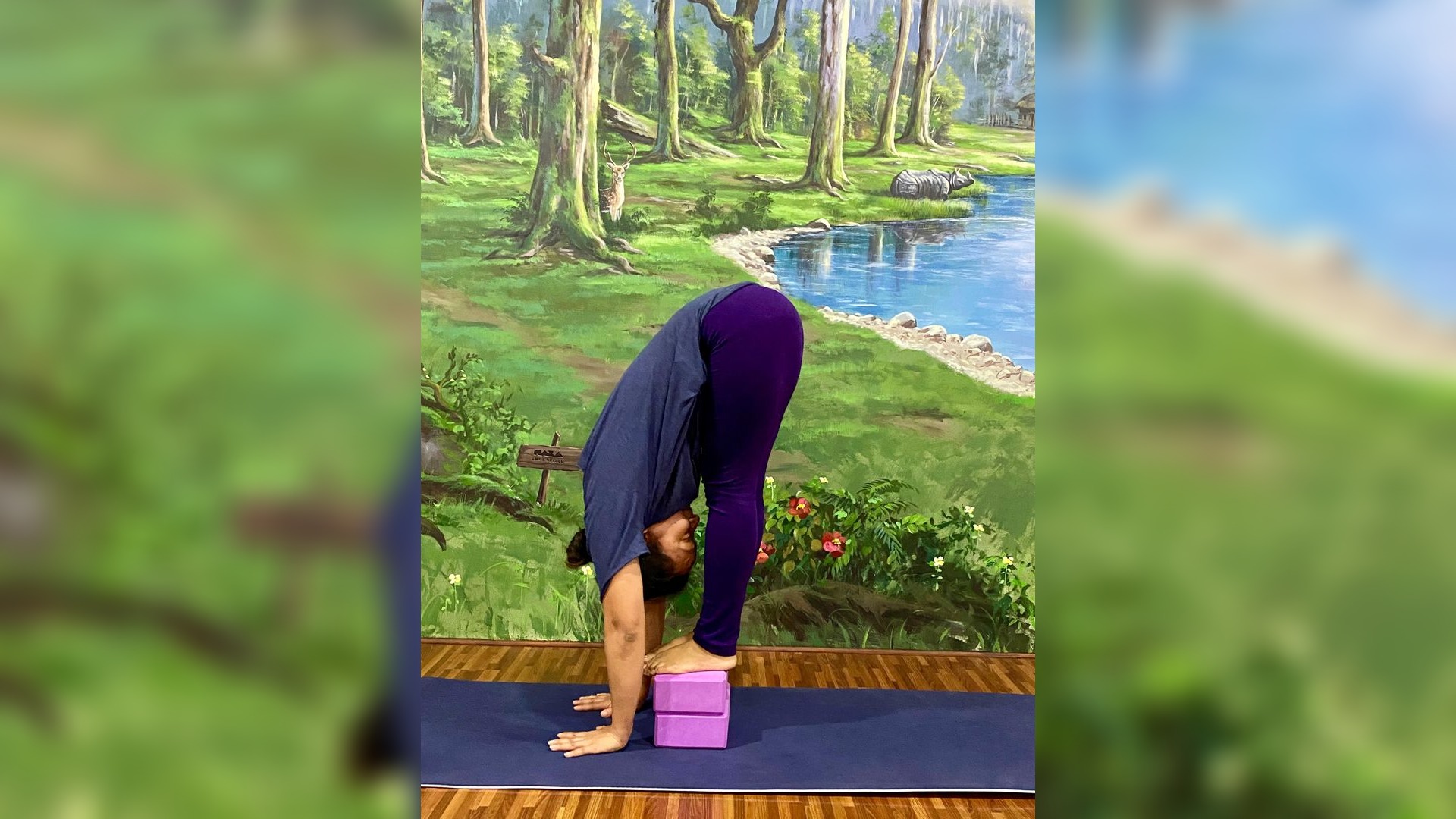Meditation is a practice that involves training the mind to focus, calm thoughts, and achieve a state of deep awareness and inner peace. Rooted in ancient traditions such as Hinduism, Buddhism, and Jainism, meditation is now widely practiced for its mental, physical, and spiritual benefits.
Types of Meditation
1. Mindfulness Meditation (Vipassana)
- Origin: Buddhism
- Focus: Observing thoughts and sensations without judgment.
- Technique: Pay attention to breath, bodily sensations, or emotions while maintaining awareness.
- Benefits: Reduces stress, enhances self-awareness, and improves emotional regulation.
2. Concentration Meditation (Dharana)
- Origin: Hindu and Buddhist traditions
- Focus: Single-pointed concentration on an object, mantra, or breath.
- Technique: Fix the mind on a single focus; return to it when distracted.
- Benefits: Improves attention, clarity, and cognitive function.
3. Transcendental Meditation (TM)
- Origin: Vedic tradition (popularized by Maharishi Mahesh Yogi)
- Focus: Using a mantra for deep relaxation.
- Technique: Repeat a given mantra for 15-20 minutes twice daily.
- Benefits: Reduces stress, enhances creativity, and promotes deep relaxation.
4. Loving-Kindness Meditation (Metta Bhavana)
- Origin: Buddhism
- Focus: Cultivating compassion and love.
- Technique: Mentally send goodwill and positive energy to oneself and others.
- Benefits: Increases empathy, reduces negative emotions, and improves relationships.
5. Zen Meditation (Zazen)
- Origin: Zen Buddhism
- Focus: Sitting in stillness and observing thoughts.
- Technique: Maintain posture, breathe naturally, and detach from thoughts.
- Benefits: Enhances insight, discipline, and mental stillness.
6. Yoga Nidra (Yogic Sleep)
- Origin: Yogic tradition
- Focus: Achieving deep relaxation while remaining aware.
- Technique: Lie down and follow guided instructions to relax body and mind.
- Benefits: Improves sleep, reduces stress, and helps with trauma healing.
7. Chakra Meditation
- Origin: Yogic tradition
- Focus: Balancing energy centers (chakras).
- Technique: Visualization, breathing techniques, and chanting for chakra activation.
- Benefits: Promotes emotional stability and spiritual awakening.
8. Kundalini Meditation
- Origin: Tantra Yoga
- Focus: Awakening dormant spiritual energy (Kundalini).
- Technique: Uses breathwork, movement, and mantras.
- Benefits: Increases vitality, self-awareness, and higher consciousness.
9. Walking Meditation
- Origin: Zen and Theravāda Buddhism
- Focus: Mindfulness in motion.
- Technique: Walk slowly, focusing on each step and breath.
- Benefits: Enhances mindfulness, reduces stress, and promotes relaxation.
How to Meditate: Step-by-Step Guide
- Find a Quiet Space – Minimize distractions.
- Sit Comfortably – Cross-legged or in a chair with a straight spine.
- Close Your Eyes – Reduce visual stimulation.
- Focus on Your Breath – Observe each inhalation and exhalation.
- Acknowledge Distractions Without Judgment – Return to focus gently.
- Use a Mantra (Optional) – Repeat a word or phrase silently.
- Meditate for 5-20 Minutes – Start small and increase gradually.
- End Slowly – Open your eyes and transition mindfully.
Benefits of Meditation
Mental Benefits:
✅ Reduces stress and anxiety
✅ Enhances concentration and memory
✅ Improves emotional balance
✅ Increases self-awareness
✅ Reduces symptoms of depression
Physical Benefits:
✅ Lowers blood pressure
✅ Improves sleep quality
✅ Strengthens the immune system
✅ Reduces chronic pain
Spiritual Benefits:
✅ Increases inner peace
✅ Enhances self-realization
✅ Deepens spiritual awareness
✅ Fosters compassion
Scientific Research on Meditation
- Meditation reduces cortisol levels, lowering stress.
- MRI scans show increased gray matter density in the brain.
- Enhances neuroplasticity, improving cognitive resilience.
- Lowers inflammation markers, benefiting overall health.
Common Challenges & Solutions
| Challenge | Solution |
|---|---|
| Mind Wandering | Gently refocus on breath or mantra. |
| Feeling Sleepy | Sit upright and meditate in the morning. |
| Lack of Time | Start with 5-minute sessions daily. |
| Restlessness | Try movement-based meditation like walking meditation. |
| Impatience | Accept the process and stay consistent. |
Tips for a Successful Meditation Practice
✅ Be Consistent – Practice daily, even for a few minutes.
✅ Create a Routine – Meditate at the same time daily.
✅ Use Guided Meditations – Helpful for beginners.
✅ Start Small – Increase session duration gradually.
✅ Join a Community – Meditate with others for motivation.
Meditation and Yoga
Meditation is an essential part of yoga, particularly in the 8 Limbs of Yoga (Ashtanga Yoga) outlined by Patanjali:
- Yama – Ethical guidelines
- Niyama – Personal discipline
- Asana – Physical postures
- Pranayama – Breath control
- Pratyahara – Withdrawal of senses
- Dharana – Concentration (leads to meditation)
- Dhyana – Meditation
- Samadhi – Spiritual enlightenment
Meditation bridges Dharana, Dhyana, and Samadhi, leading to ultimate self-realization.
Final Thoughts
Meditation is a transformative practice that enhances mental clarity, physical health, and spiritual growth. With consistent practice, you can experience a greater sense of balance and well-being in life. Start small, stay committed, and enjoy the journey toward inner peace.
Recent Blog Posts

When Is the Best Time to Practice Yoga?
Oct 28, 2025

.jpeg)

.jpg)